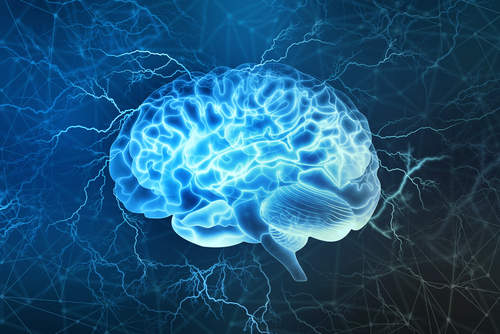Why Variations in the Neurological Manifestations of Gaucher Make It Difficult to Diagnose

A major challenge of diagnosing Gaucher disease is that its neurological manifestations can appear very early in life or much later, according to a National Institutes of Health review of the rare condition.
Also making a diagnosis difficult is the broad range of symptoms the hereditary disorder can display. In some cases its symptoms are so severe that the disease threatens the lives of newborns. In other cases, it’s almost asymptomatic.
Gaucher disease, or GD, often affects the central nervous system, but how it does this varies widely as well, adding to the difficulty of diagnosing the disorder.
The National Institutes of Health’s National Human Genome Research Institute summarized Gaucher’s neurological manifestations in an article in the journal Diseases. Its title is “The Spectrum of Neurological Manifestations Associated with Gaucher Disease.”
A key point the article made is that there is no usual time frame for the Gaucher’s neurological symptoms to appear.
“An accurate and timely diagnosis of GD is critical for genetic counseling, patient [disease] management and family planning, and can inform future pregnancies,” the researchers wrote. “However, the phenotypic heterogeneity [differences in disease manifestations] observed in these patients makes the diagnosis a challenge for physicians who are unfamiliar with the disease,” the researchers wrote. The reference to future pregnancies addresses the fact that Gaucher is inherited — and that couples may want to take this into account in their family planning.
Scientists classify Gaucher into three types, depending on neurological manifestations. Type 1 patients have no neurological symptoms, Type 2 patients have acute symptoms, and Type 3 patients chronic symptoms.
Some doctors associate Type 1 Gaucher with Parkinson’s, because patients display similar symptoms, including tremors and balance problems.
Most Gaucher patients who are at risk of developing such symptoms — those with GBA1 gene mutations — fail to develop Parkinson’s, however.
Type 2 Gaucher is a progressive neurodegenerative disorder that usually leads to an early death. Its neurological manifestations vary, but all patients experience rapid decline.
The neurological symptoms of Type 2 Gaucher often appear at birth or in early infancy. They include muscle rigidity, loss of movement, seizures, cognitive impairment, and vision problems.
Scientists say the neurological manifestations of Type 3 Gaucher can show up anywhere between infancy and adolescence, and in rare cases in adulthood. Symptoms range from loss of neurological function, to epilepsy, to cognitive deficits that affect nonverbal skills, to impaired eye movement.
“Patients with neuronopathic [nerve-cell-damaging] GD have several difficult counseling issues, which could potentially impact their [disease] management,” the researchers wrote. “The broadening spectrum, as well as the overlap of phenotypes associated with neuronopathic GD, complicates discussions concerning prognosis and the potential benefits of therapy,” they wrote.
“By unraveling the factors contributing to heterogeneity [variety] in this disorder, we may be able to have a direct impact on studies of pathophysiology and therapeutic options available,” the researchers added.
Enzyme replacement therapy and substrate reduction therapy can improve some symptoms, studies have shown — but not neurologic symptoms. That’s because these therapies cannot cross the blood–brain barrier and reach the brain. The barrier prevents harmful bacteria and other pathogens in blood from reaching the brain.
Scientists are working on small compounds that may be able to cross the blood-brain barrier, the genome research institute team said. The compounds have shown promise in mice studies, but there is a long way to go before they can be tested in humans.
Bone marrow transplants have improved Gaucher symptoms, including those affecting the central nervous system. But many recipients have died, or had their disease worsen. So a lot of researchers are shying away from this strategy for the moment.
One of the keys to developing new treatments is understanding the mechanisms underlying Gaucher that lead to so much variability in when it appears and what its symptoms are.
Learning more about the apparent association between Gaucher and Parkinson’s could help researchers understand these diseases’ neurodegenerative processes and develop treatments for them, the researchers wrote.



